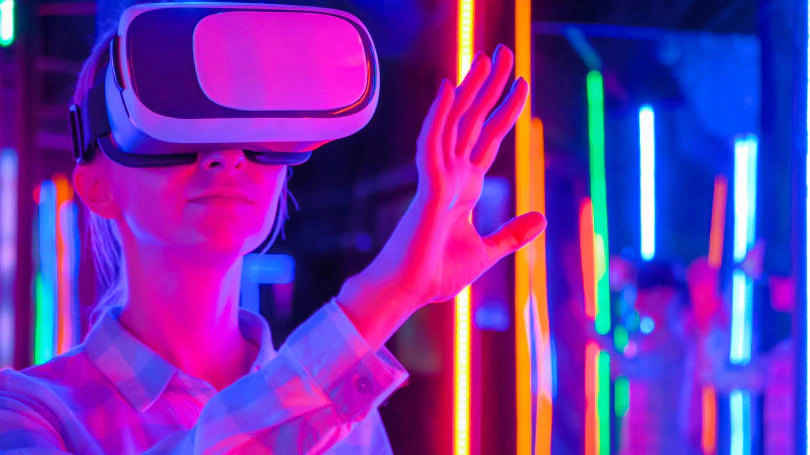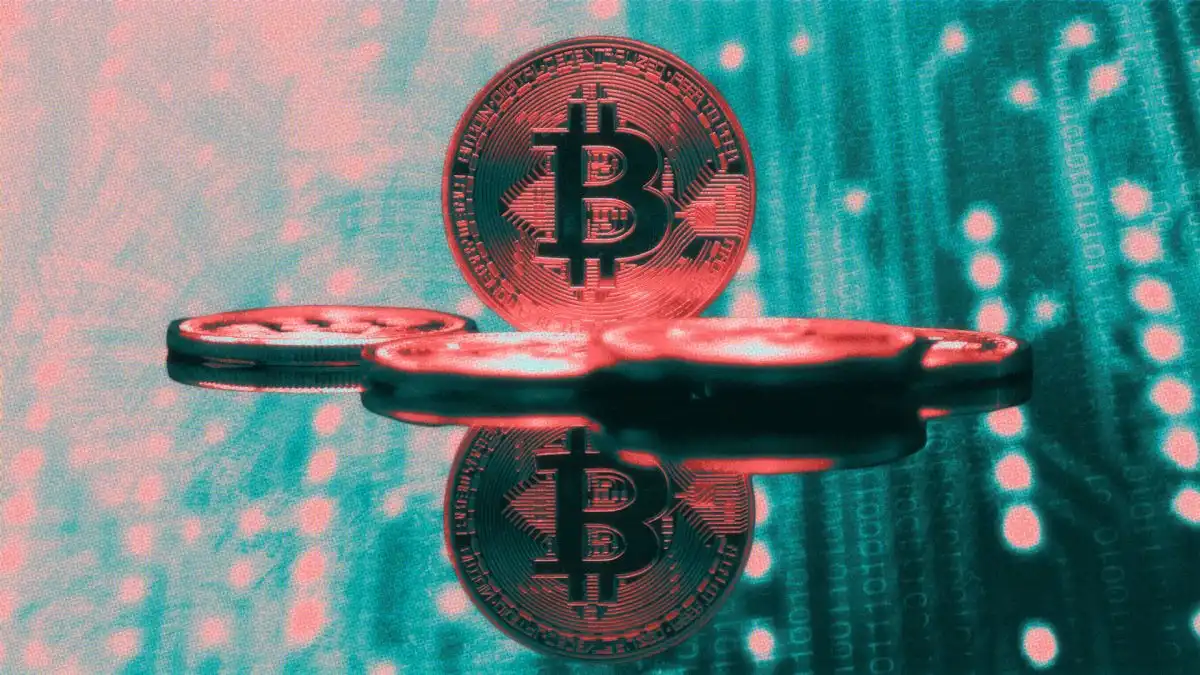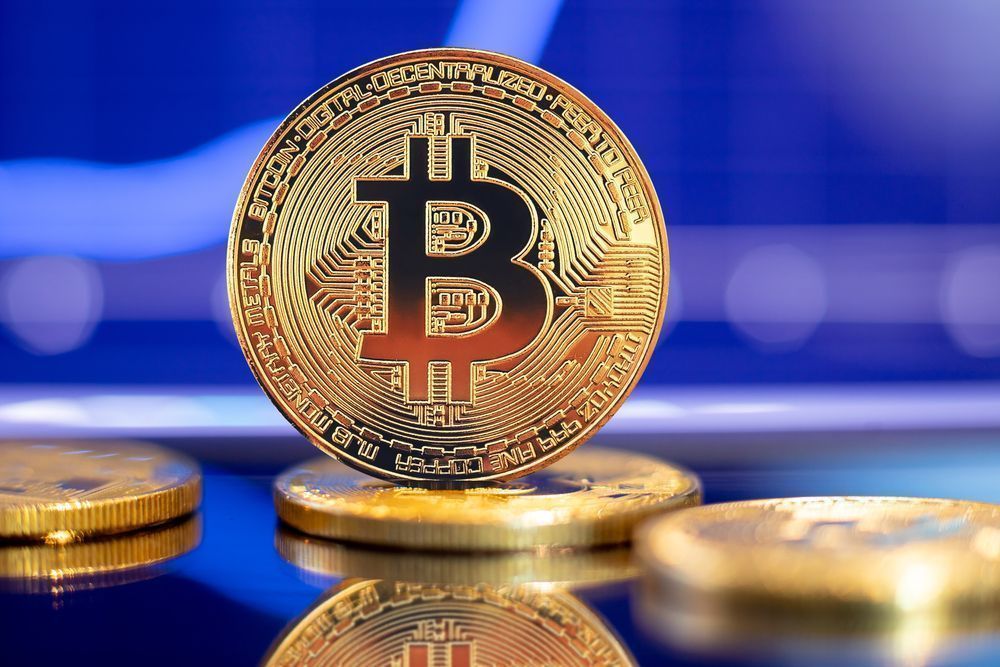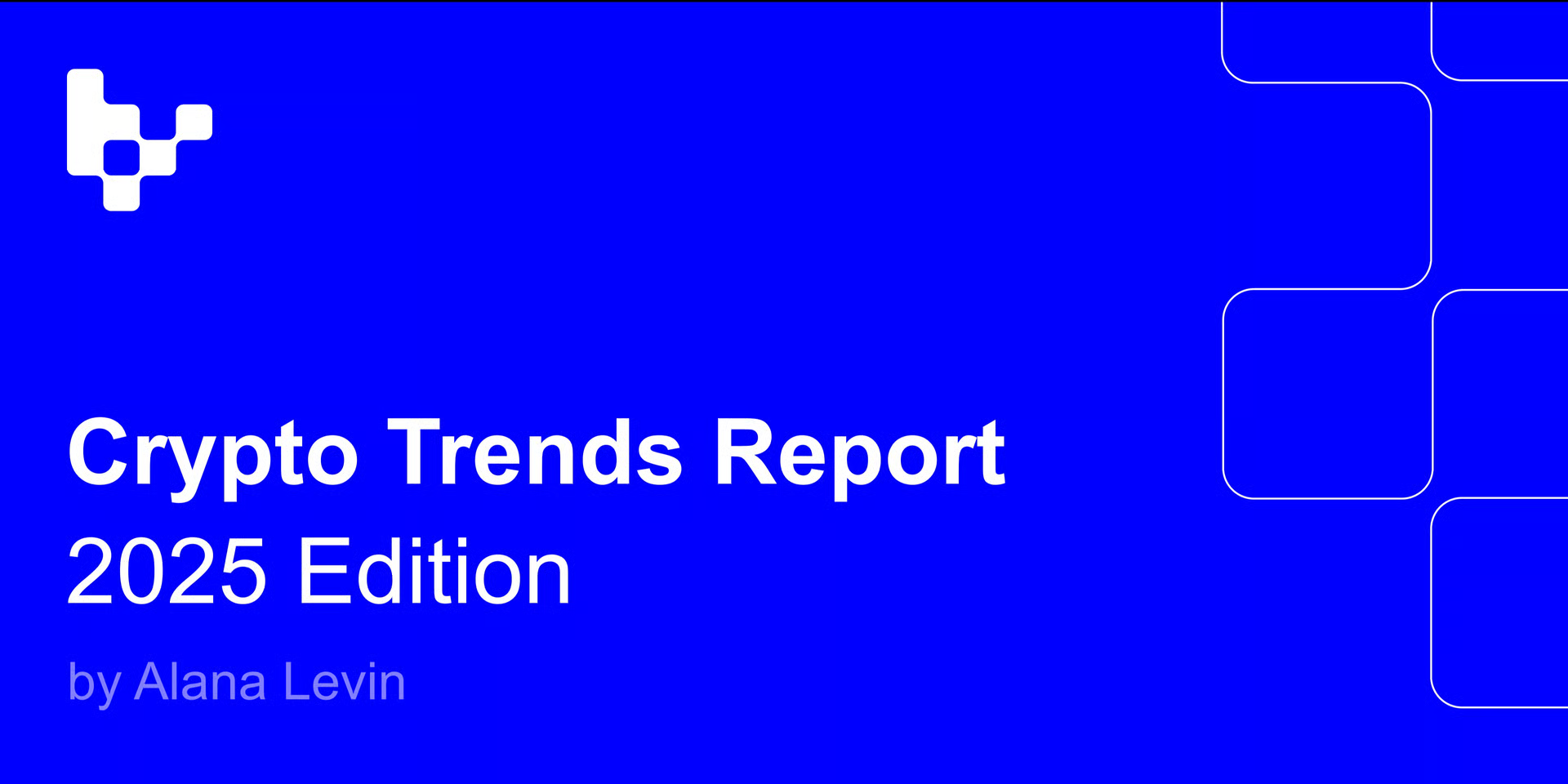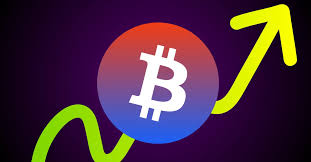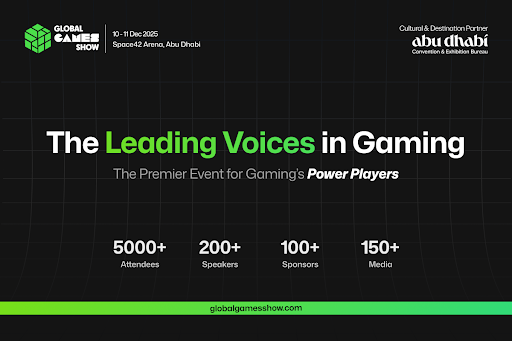In recent years, blockchain technology has revolutionized industries ranging from finance to healthcare. Now, it's disrupting the art and collectibles world as well. Non-fungible tokens (NFTs) and Web3, powered by blockchain technology, have created a new economy for digital art and collectibles, allowing for secure and transparent digital ownership, while providing artists with new revenue streams and collectors with unique investment opportunities.
With the increasing participation of creators and collectors in the NFT and Web3 space, blockchain is redefining our perception and interaction with digital assets. However, ethical concerns around the environmental impact of blockchain mining and transparency in NFT marketplaces demand our attention. As we navigate the transformative impact of NFTs and Web3 on the art and collectibles market, we must remain mindful of both the opportunities and obstacles presented by this groundbreaking technology.
The Advantages of NFTs and Web3 for Digital Art and Collectibles
One of the key benefits of NFTs and Web3 is the ability to provide digital ownership and provenance through blockchain technology. With NFTs, creators can easily establish a unique, tamper-proof record of ownership for their digital art, enabling them to monetize and profit from their creations in ways that were previously impossible. For collectors, NFTs offer a way to authenticate and verify ownership of rare and valuable digital assets, increasing the value and collectability of these items.
Beyond establishing digital ownership, NFTs and Web3 hold promise for creators to earn more revenue streams. By verifying ownership and provenance, creators can sell their digital art on open marketplaces at fair prices. NFTs also enable them to earn royalties on secondary sales, ensuring that they reap long-term benefits from their creations.
NFTs and Web3 are also disrupting traditional art and collectibles markets, providing a more accessible and democratic platform for creators and collectors alike. With the ability to sell and trade digital art and collectibles on blockchain marketplaces, artists can bypass traditional gatekeepers and reach a global audience of collectors. Collectors, in turn, can access a wider range of unique and valuable digital assets, creating a more diverse and inclusive market for digital art and collectibles.
Ethical Considerations in NFTs and Web3
An essential ethical aspect of NFTs and Web3 is the necessity for transparent and regulated marketplaces. As these platforms become more widespread, clear and equitable policies must govern issues such as fees, royalties, and copyright, ensuring that artists are rightfully compensated for their creations and collectors can trust in the genuineness and origin of the digital assets they buy.
NFTs and Web3 raise ethical concerns regarding the environmental impact of blockchain mining. The energy-intensive process of mining cryptocurrency can result in increased carbon emissions and energy consumption. Therefore, NFT and Web3 platforms must prioritize sustainable practices and energy-efficient solutions to minimize their environmental impact.
As NFTs and Web3 disrupt digital asset ownership and distribution, they also challenge traditional intellectual property and copyright laws. To protect creators and collectors, ethical frameworks must be established through novel models like fractional ownership or licensing agreements, that balance fair compensation with wider access and circulation of digital assets.
Real-world Examples of NFTs and Web3 in Action
Here are just a few examples of how NFTs and Web3 are being used in practice:
Music NFTs: In 2021, the Kings of Leon released their latest album as an NFT, allowing fans to purchase a unique digital collectible that included special perks like exclusive audiovisual art and VIP concert tickets. Other artists like Grimes and Deadmau5 have also sold NFTs of their music, creating new revenue streams and opportunities for fan engagement.
Gaming NFTs: The rise of blockchain-based gaming is creating a new market for in-game assets that can be bought, sold, and traded like physical collectibles. Games like Axie Infinity and Decentraland allow players to buy and sell virtual land and items using cryptocurrency and NFTs, creating a new economy for digital gaming.
Virtual Real Estate NFTs: The virtual real estate market is booming, with NFTs allowing for the ownership and trading of virtual land and properties. In 2021, a virtual property in the metaverse platform Decentraland sold for $2.4 million, demonstrating the potential value of the digital real estate.
Art NFTs: NFTs have stirred up the art world with multi-million-dollar sales, as seen in the record-breaking auction of Beeple's "The First 5000 Days" for $69 million. Yet, NFTs are equally fostering novel avenues for budding artists to monetize their work and showcase it on the international art stage.
These are just a few examples of how NFTs and Web3 are being used in practice, and the possibilities for blockchain technology in the creative economy are endless.
The Future of NFTs and Web3
The future of NFTs and Web3 is promising, with growth and innovation leading to the emergence of new marketplaces and expansion beyond the art and collectibles market to fields like gaming and virtual reality.
However, with this growth and innovation comes the need for ongoing ethical considerations and regulation. As NFTs and Web3 become increasingly popular, it is essential that we work to ensure transparency and accountability in NFT marketplaces, address environmental concerns around blockchain mining, and protect intellectual property rights and copyright law.
The responsible and sustainable development and deployment of NFTs and Web3 require continuous collaboration and dialogue among technology developers, policymakers, and ethicists. This will help ensure a future for NFTs and Web3 that benefits creators, collectors, and society.
Final Thought
Blockchain technology is changing digital content creation, ownership, and sharing, and NFTs and Web3 are now valuable tools in the art and collectibles market, empowering artists and creators to monetize their work and connect with fans like never before.
However, we must balance the potential benefits of NFTs and Web3 with ethical considerations and responsible deployment. We need to remain vigilant and work together to develop these technologies in a transparent, accountable, and environmentally sustainable way, creating a fair, equitable, and accessible economy for digital art and collectibles.

